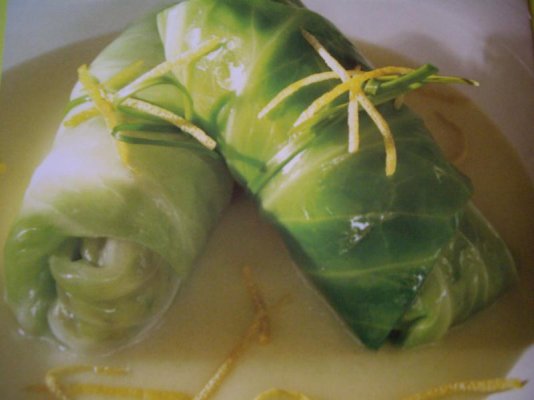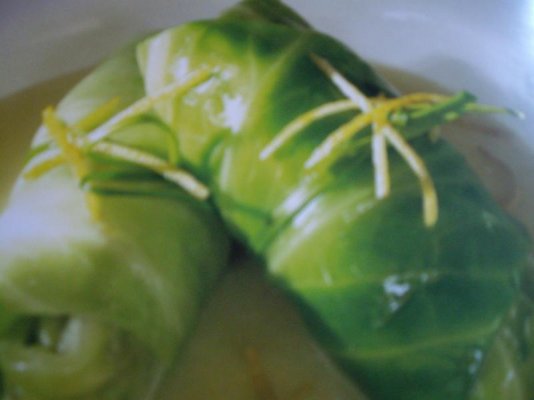donsabi
Assistant Cook
It looks like I will have a bumper crop of cabbage this years. Of course I will be making sauerkraut and using it for ham or cornbeef and cabbage fresh. I will also be making galumpkis.
Every time I cook a dish that has ground beef in it and then freeze it I find there is an odd taste imparted from the ground beef. I dislike it so much I no longer freeze meatballs and other ground beef dishes.
I would like to freeze a bunch of galumpkis but they are a lot of work to make. Freezing them and then finding they don't taste so good after reheating is something I would like to avoid. I wondered if anyone else has a way to freeze dishes with ground beef in them without altering the flavor to something unsatisfactory. Comments appreciated, thanks.
Every time I cook a dish that has ground beef in it and then freeze it I find there is an odd taste imparted from the ground beef. I dislike it so much I no longer freeze meatballs and other ground beef dishes.
I would like to freeze a bunch of galumpkis but they are a lot of work to make. Freezing them and then finding they don't taste so good after reheating is something I would like to avoid. I wondered if anyone else has a way to freeze dishes with ground beef in them without altering the flavor to something unsatisfactory. Comments appreciated, thanks.


